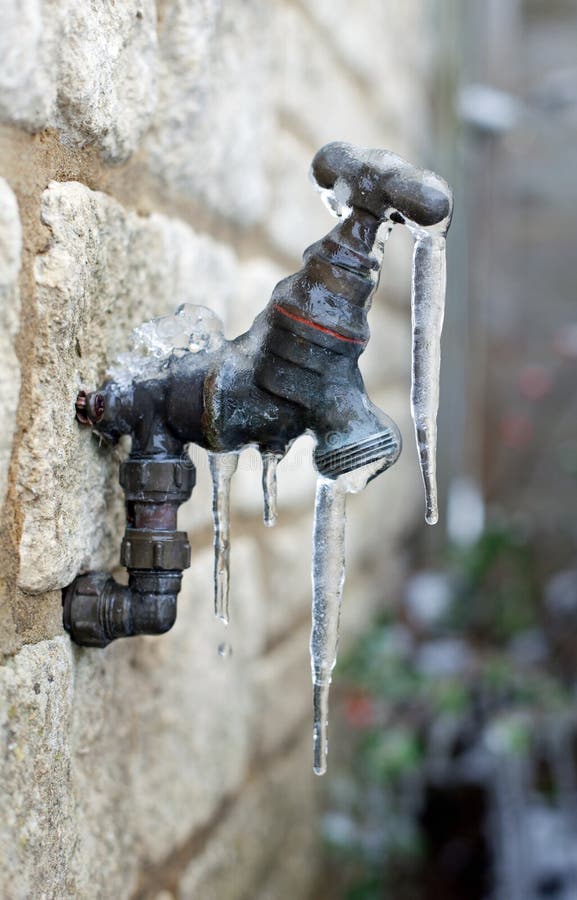Tips to Safeguard Your Pipes from Cold Weather: Specialist Advice
Tips to Safeguard Your Pipes from Cold Weather: Specialist Advice
Blog Article
They are making a number of great pointers regarding Preventing and dealing with frozen pipes overall in this content beneath.

Winter can damage your plumbing, specifically by freezing pipes. Here's just how to avoid it from happening and what to do if it does.
Introduction
As temperatures decrease, the danger of icy pipelines boosts, potentially leading to expensive fixings and water damage. Comprehending how to avoid frozen pipes is critical for home owners in cool environments.
Understanding Frozen Pipelines
What causes pipelines to freeze?
Pipes ice up when subjected to temperatures below 32 ° F (0 ° C) for expanded periods. As water inside the pipes ices up, it expands, taxing the pipeline wall surfaces and possibly causing them to break.
Threats and problems
Icy pipes can bring about water disruptions, home damages, and expensive fixings. Ruptured pipes can flooding homes and cause considerable architectural damages.
Signs of Frozen Pipes
Determining icy pipes early can avoid them from bursting.
Exactly how to determine frozen pipelines
Search for lowered water flow from faucets, unusual odors or sounds from pipes, and noticeable frost on exposed pipes.
Avoidance Tips
Protecting vulnerable pipelines
Cover pipelines in insulation sleeves or make use of warmth tape to safeguard them from freezing temperature levels. Focus on pipes in unheated or exterior areas of the home.
Home heating methods
Maintain interior areas sufficiently warmed, especially locations with plumbing. Open closet doors to permit warm air to flow around pipelines under sinks.
Securing Outdoor Plumbing
Garden hoses and outside faucets
Disconnect and drain garden pipes prior to winter. Set up frost-proof spigots or cover outside faucets with protected caps.
What to Do If Your Pipes Freeze
Immediate actions to take
If you suspect frozen pipelines, maintain taps available to alleviate pressure as the ice melts. Make use of a hairdryer or towels taken in hot water to thaw pipelines gradually.
Long-Term Solutions
Structural changes
Consider rerouting pipelines far from outside walls or unheated areas. Include extra insulation to attic rooms, basements, and crawl spaces.
Updating insulation
Invest in premium insulation for pipes, attics, and wall surfaces. Appropriate insulation helps maintain constant temperatures and reduces the risk of frozen pipelines.
Verdict
Avoiding icy pipelines calls for proactive steps and quick responses. By comprehending the reasons, indicators, and preventive measures, house owners can protect their plumbing during cold weather.
5 Ways to Prevent Frozen Pipes
Drain Outdoor Faucets and Disconnect Hoses
First, close the shut-off valve that controls the flow of water in the pipe to your outdoor faucet. Then, head outside to disconnect and drain your hose and open the outdoor faucet to allow the water to completely drain out of the line. Turn off the faucet when done. Finally, head back to the shut-off valve and drain the remaining water inside the pipe into a bucket or container. Additionally, if you have a home irrigation system, you should consider hiring an expert to clear the system of water each year.
Insulate Pipes
One of the best and most cost-effective methods for preventing frozen water pipes is to wrap your pipes with insulation. This is especially important for areas in your home that aren’t exposed to heat, such as an attic. We suggest using foam sleeves, which can typically be found at your local hardware store.
Keep Heat Running at 65
Your pipes are located inside your walls, and the temperature there is much colder than the rest of the house. To prevent your pipes from freezing, The Insurance Information Institute suggests that you keep your home heated to at least 65 degrees, even when traveling. You may want to invest in smart devices that can keep an eye on the temperature in your home while you’re away.
Leave Water Dripping
Moving water — even a small trickle — can prevent ice from forming inside your pipes. When freezing temps are imminent, start a drip of water from all faucets that serve exposed pipes. Leaving a few faucets running will also help relieve pressure inside the pipes and help prevent a rupture if the water inside freezes.
Open Cupboard Doors
Warm your kitchen and bathroom pipes by opening cupboards and vanities. You should also leave your interior doors ajar to help warm air circulate evenly throughout your home.

We had been made aware of that article on Prevent Frozen Pipes from someone on another domain. Are you aware of anybody else who is fascinated with the niche? Be sure promote it. We cherish your readership.
Additional Information Report this page